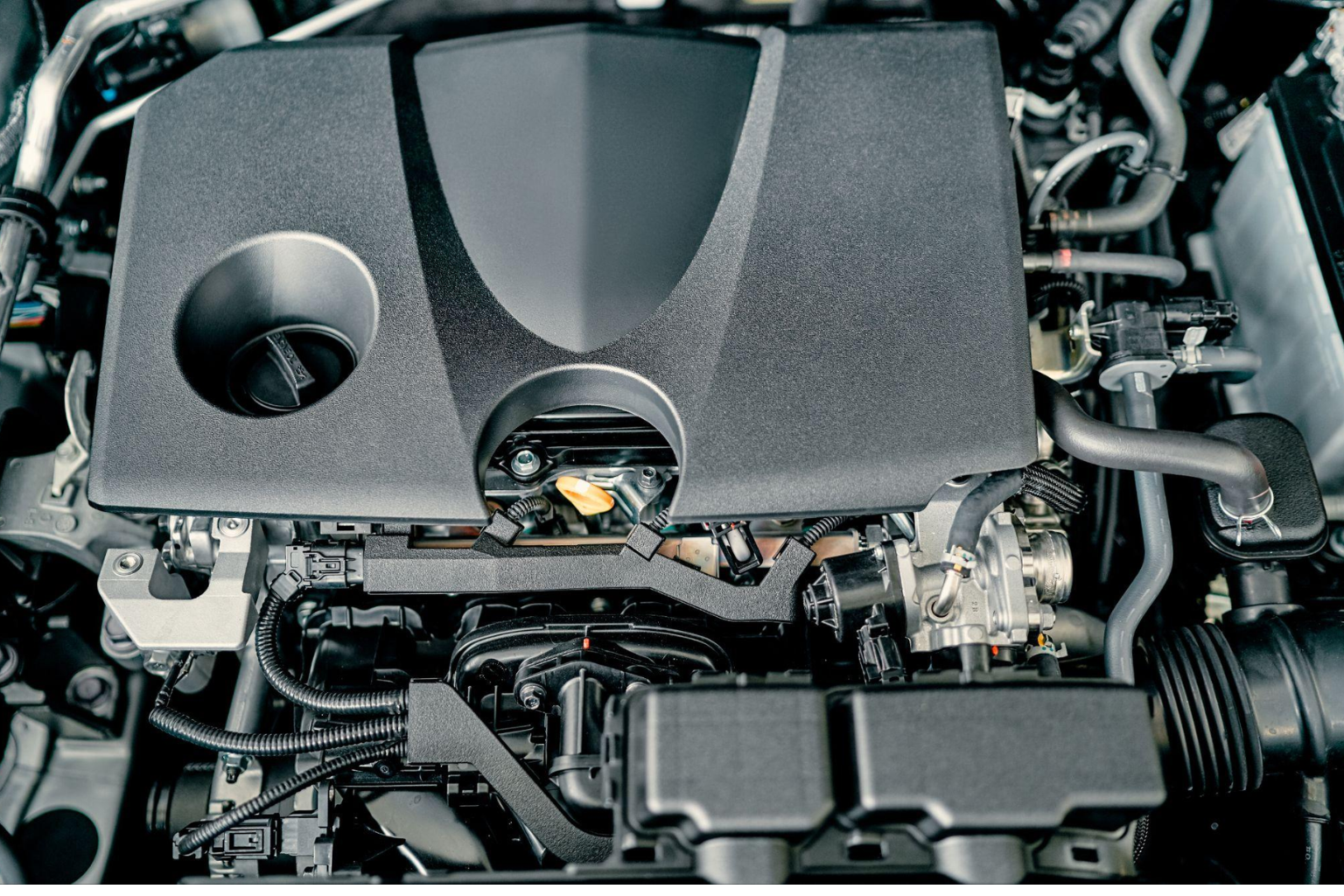The international trade of automotive components has evolved into a sophisticated global network that connects manufacturers, suppliers, and enthusiasts across continents. This complex system enables the distribution of high-performance engine components from their countries of origin to markets worldwide, creating opportunities for automotive projects that would have been impossible just decades ago.
Historical Development of Automotive Component Trade
The globalization of automotive component trade began in earnest during the post-World War II economic boom when countries sought to rebuild their economies through manufacturing and export. Japan emerged as a major player in this global marketplace, developing a reputation for producing high-quality automotive components that met stringent international standards.
Early international automotive trade focused primarily on complete vehicles and major assemblies. However, as global communication and transportation infrastructure improved, the trade expanded to include individual components and specialized parts. This expansion created new opportunities for enthusiasts and professionals seeking specific components for performance applications.
The development of international quality standards and certification programs facilitated the growth of global automotive component trade. Standards organizations established protocols for evaluating component quality, safety, and performance characteristics, creating confidence among international buyers and sellers.
Import and Export Dynamics
The international movement of automotive components involves complex logistics and regulatory considerations. Import and export procedures vary significantly between countries, requiring specialized knowledge of customs regulations, documentation requirements, and quality certifications.
Professional import specialists have developed expertise in navigating these complex requirements, creating streamlined processes for moving automotive components across international borders. These specialists understand the unique characteristics of different types of automotive components and can ensure proper handling and documentation throughout the import process.
Quality control measures are implemented at multiple stages of the international trade process. Components undergo inspection at their point of origin, during transit, and upon arrival at their destination. This multi-stage approach ensures that components maintain their quality characteristics throughout the international shipping process.
The economic dynamics of international automotive component trade are influenced by factors such as currency exchange rates, shipping costs, and regulatory changes. Successful international traders develop strategies for managing these variables to maintain competitive pricing while ensuring reliable supply chains.
Specialized Component Categories
Certain categories of automotive components have achieved particular recognition in international trade due to their exceptional performance characteristics and manufacturing quality. Japanese engines, in particular, have developed a global reputation for reliability, efficiency, and performance that makes them highly sought after in international markets.
High-performance engine components from Japan represent some of the most sophisticated automotive engineering available. These components are manufactured using advanced materials and precision manufacturing processes that result in exceptional durability and performance characteristics. The reputation of these components has made them valuable commodities in international trade.
The demand for authentic Japanese engine components has led to the development of specialized supply chains that focus specifically on these products. Imported JDM Mitsubishi engines represent a significant segment of this specialized trade, with enthusiasts worldwide seeking these components for their performance and reliability characteristics.
Quality Verification and Authentication
The international trade of automotive components requires sophisticated quality verification systems to ensure authenticity and condition. Counterfeit components pose significant risks to both performance and safety, making authentication a critical aspect of international commerce.
Professional verification services employ trained technicians who can identify authentic components and assess their condition using standardized evaluation criteria. These services utilize advanced inspection techniques and documentation systems to provide customers with confidence in their purchases.
Traceability systems track components from their point of manufacture through the international supply chain to their final destination. These systems provide detailed documentation of each component’s history, including manufacturing information, inspection results, and handling procedures.
Technological Advances in International Trade
Modern technology has revolutionized international automotive component trade by improving communication, tracking, and logistics capabilities. Digital platforms enable real-time communication between buyers and sellers across different time zones and languages, facilitating efficient transactions.
Advanced tracking systems provide visibility into shipment status throughout the international transportation process. These systems utilize GPS technology, RFID tags, and digital documentation to provide real-time updates on shipment location and condition.
Automated customs clearance systems streamline the import and export process by providing electronic documentation and processing capabilities. These systems reduce processing times and minimize the risk of delays that could impact delivery schedules.
Economic Impact and Market Development
The international trade of automotive components has significant economic implications for both exporting and importing countries. Exporting countries benefit from increased manufacturing demand and foreign currency earnings, while importing countries gain access to specialized components that enhance their automotive industries.
Market development activities include trade shows, industry publications, and professional networking events that connect international buyers and sellers. These activities facilitate knowledge sharing and relationship building that support the growth of international trade.
The economic impact extends beyond direct trade transactions to include related services such as shipping, insurance, customs processing, and quality verification. These supporting industries create additional economic value and employment opportunities in both exporting and importing countries.
Future Trends and Developments
The future of international automotive component trade will be shaped by several emerging trends and technologies. Electronic commerce platforms are making international trade more accessible to smaller businesses and individual enthusiasts, democratizing access to specialized components.
Environmental considerations are becoming increasingly important in international trade, with emphasis on sustainable packaging, efficient transportation, and reduced carbon footprints. These considerations are driving innovation in logistics and supply chain management.
Regulatory harmonization efforts are working to standardize international trade procedures and reduce barriers to cross-border commerce. These efforts will make international trade more efficient and accessible while maintaining quality and safety standards.
The continued evolution of international automotive component trade promises to create new opportunities for accessing high-performance components while maintaining the quality and authenticity that enthusiasts demand. This evolution will support the growth of automotive performance and restoration projects worldwide.
